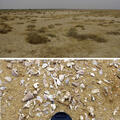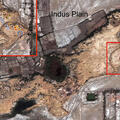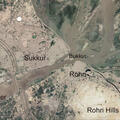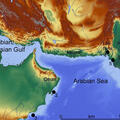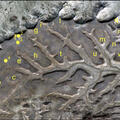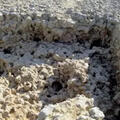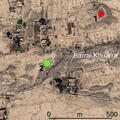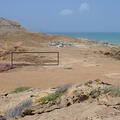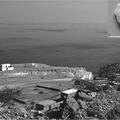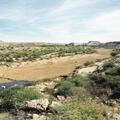Holocene people and sea-level changes along the northern coast of the Arabian Sea (Pakistan)
This paper develops a key theme relating to the origins of the ancient Indus civilization – the very different geographical reality in the Indus delta and the Arabian coast in the millennia preceding its rise.

